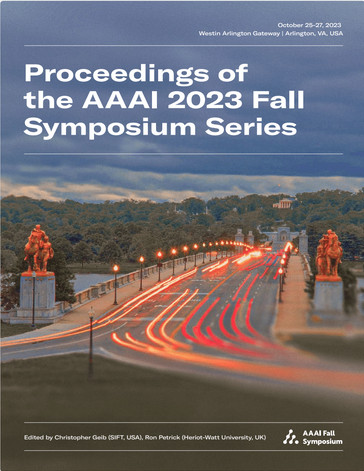Bi-cultural Investigation of Collisions in Social Navigation
DOI:
https://doi.org/10.1609/aaaiss.v2i1.27673Keywords:
Social Navigation, Proxemics, Replication StudyAbstract
Imagine a service robot developed in the United States (US) being deployed in a public space in Israel. Due to the cultural differences, the robot from a ``contact-averse'' culture (i.e., the US) might find it difficult to find its way when navigating the crowd, as people from a ``contact-tolerant'' culture (i.e., Israel) - where a subtle touch between strangers is not uncommon - will always move closer to the robot than it would expect; conversely, an ``Israeli'' robot may be found too aggressive in US social spaces. Currently, these cultural differences hinder the ability to plug-and-play social robots in different cultures due to the requirement of extensive extra engineering effort. This paper presents a comparison of the results from an existing study conducted in the US with the same study design that was deployed in Israel. This comparison shows the clear, identifiable criteria that a socially aware robot will need to consider when navigating a new culture. More generally, the results from this paper offer a first step to identifying the cultural differences in social robot navigation so we can structure solutions to be compatible with these cultures and with novel ones, with minimum adaptation.Downloads
Published
2024-01-22
Issue
Section
Artificial Intelligence for Human-Robot Interaction (AI-HRI)

